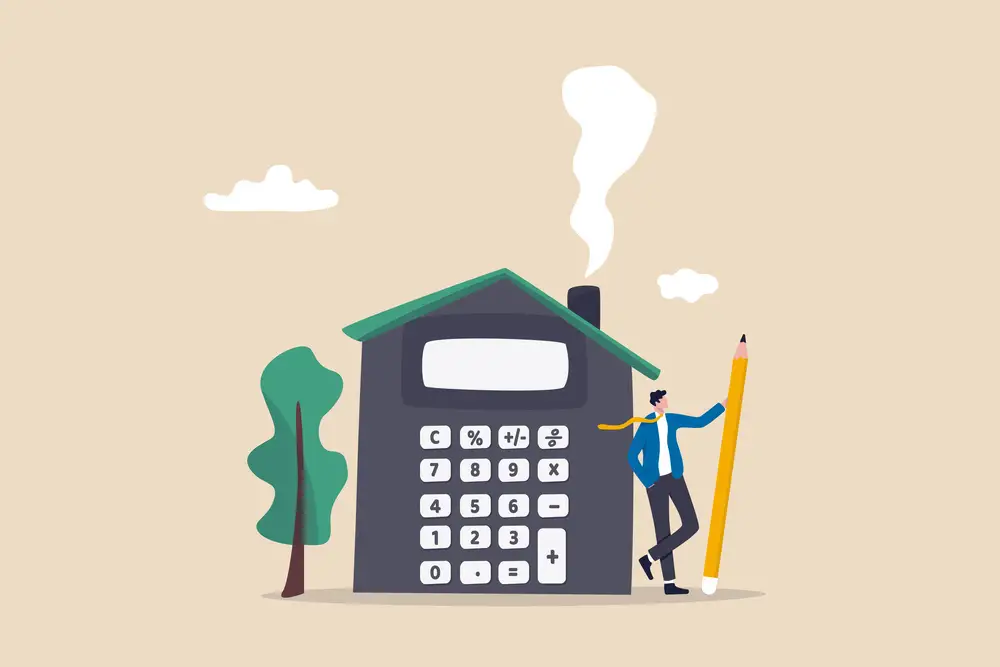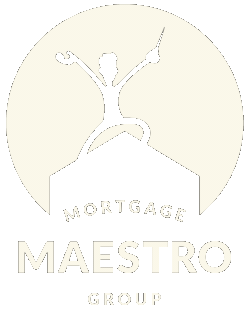
As a Colorado home mortgage broker, we help first-time homebuyers navigate the mortgage landscape on the way to that first home. A lot of what we do involves educating buyers about how the system works. Trust us when we say there is a lot to learn. For example, did you know there is a difference between interest rates and APR?
It is easy to go mortgage shopping online only to find a fantastic interest rate that seems too good to be true. You get to closing and discover that your APR is higher. But why? Because interest rate and APR are not the same thing. Not only that, but lenders also advertise their best rates and APRs. But not every borrower will be offered the best deal.
Nominal Interest Rate
In the home loan industry, and throughout all institutional lending for that matter, we draw a distinction between interest rate and APR by using very specific terms. What consumers call ‘interest’ we call ‘nominal interest’. A nominal interest rate is the rate of interest the consumer will pay on the principal of the loan.
Let’s say you are looking at a VA loan with an interest rate of 5%. At the start of every year, your interest would be calculated by multiplying your remaining balance by 0.05. If the remaining balance were $80,000, your interest payments for that year would be $4,000.
A home loan’s interest rate is the nominal interest rate. It is a percentage of the outstanding principal you pay annually. That’s why your annual interest payments decrease as your loan matures. Every month knocks a certain amount off the principal thereby reducing the amount of interest you pay.
Annual Percentage Rate
‘APR’ is an acronym that stands for ‘annual percentage rate’. It is a combination of the nominal interest rate plus all the other costs of borrowing. On a typical home mortgage, those other costs include:
- Closing costs.
- Discount points.
- Origination and loan fees.
- Other fees assessed by the lender.
There are certain costs associated with approving, processing, and closing loans. Those costs can be rolled into a mortgage. When such is the case, they are added to the monthly principal and interest payment to be spread out over the life of the loan. The APR is a reflection of all those costs combined with the nominal interest rate.
This is why APR is almost always higher than a loan’s nominal interest rate. It must be. If APR is calculated by combining nominal interest rate and additional costs, you are not going to get a smaller number.
The Total Cost of Borrowing
Federal law requires that lenders disclose both nominal interest rates and APRs on all consumer loans. There is a reason for this. Regulators want consumers to have access to numbers reflecting the total cost of borrowing before they make a loan decision.
Again, let us say you are looking at a home loan with an interest rate of 5%. But the APR is 6%. For budgeting reasons, it’s more appropriate to apply the 6% number to your calculations. It accounts for the total cost of borrowing and will help you calculate a more accurate monthly payment.
Here at Mortgage Maestro, we want to do more than help you get the home loan you need. We want you to understand the entire process as well. Never be afraid to ask your Mortgage Maestro representative any questions you might have about your loan or borrowing in general. The more you know about home loans, the better equipped you are to make wise decisions.
If you have any questions or are looking to finance a home, please reach out here or schedule an appointment.












